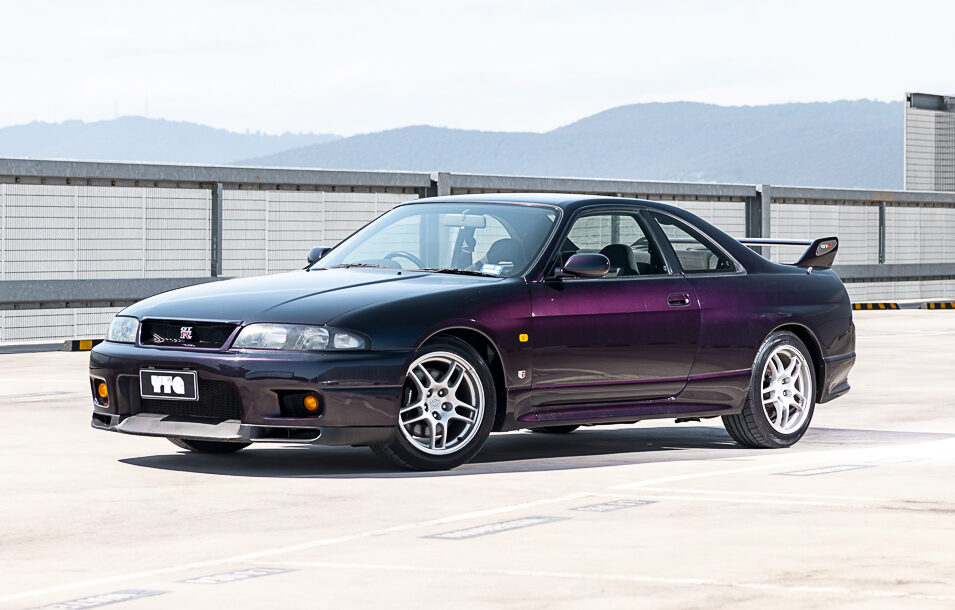How times flies when you’re busy being a scissor- doored supercar poster-child stuck up on bedroom walls, or stuck crawling through Rodeo Drive traffic.
It’s been 11 years since Lambo’s V12 flagship made its debut at the Geneva show, but now, with the final LP 780-4 Ultimae (a limited-edition run of 350 coupes and 250 roadsters) all sold, the Aventador’s 12-pot howl has been set to mute.
Back in 2011, the Aventador was the most intensive in-house development to come out of Sant’Agata Bolognese since the Countach. That car’s successors – first the Diablo and then the Murcielago – could both trace their lineage back to the iconic ’70s supercar.
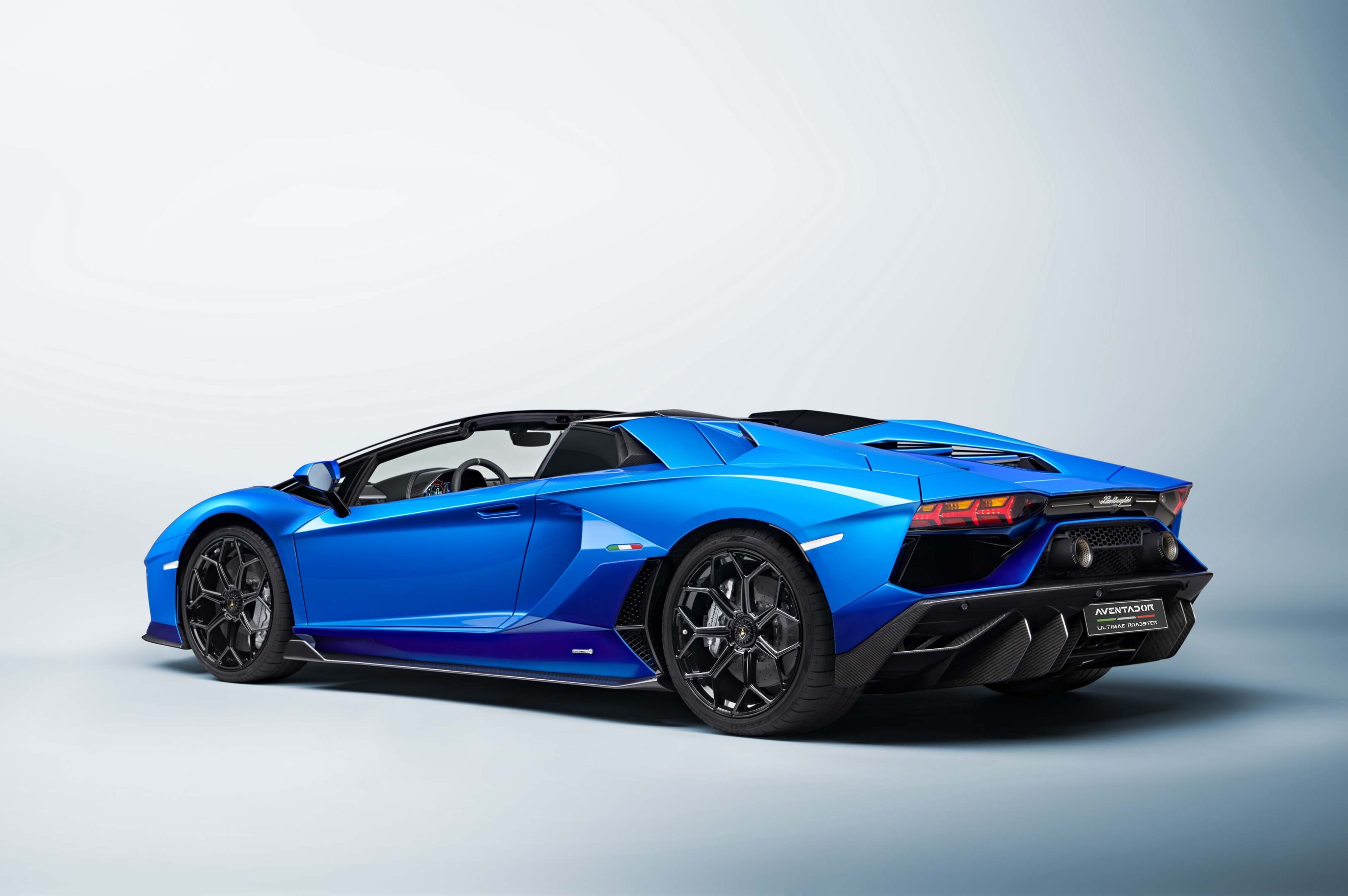
The Aventador, however, was a clean-sheet design, four years in development, with a mission statement of ‘no competitors’.
Central to that, both figuratively and literally, was the Aventador’s carbonfibre tub and inboard pushrod suspension. Developed with co-operation from Boeing Aerospace, each handmade monocoque weighed just 147kg.
The entire naked chassis, including aluminium front and rear crash structures, came in at 230kg. Overall bending and twisting stiffness was claimed to be double that of the spaceframed Murcielago.
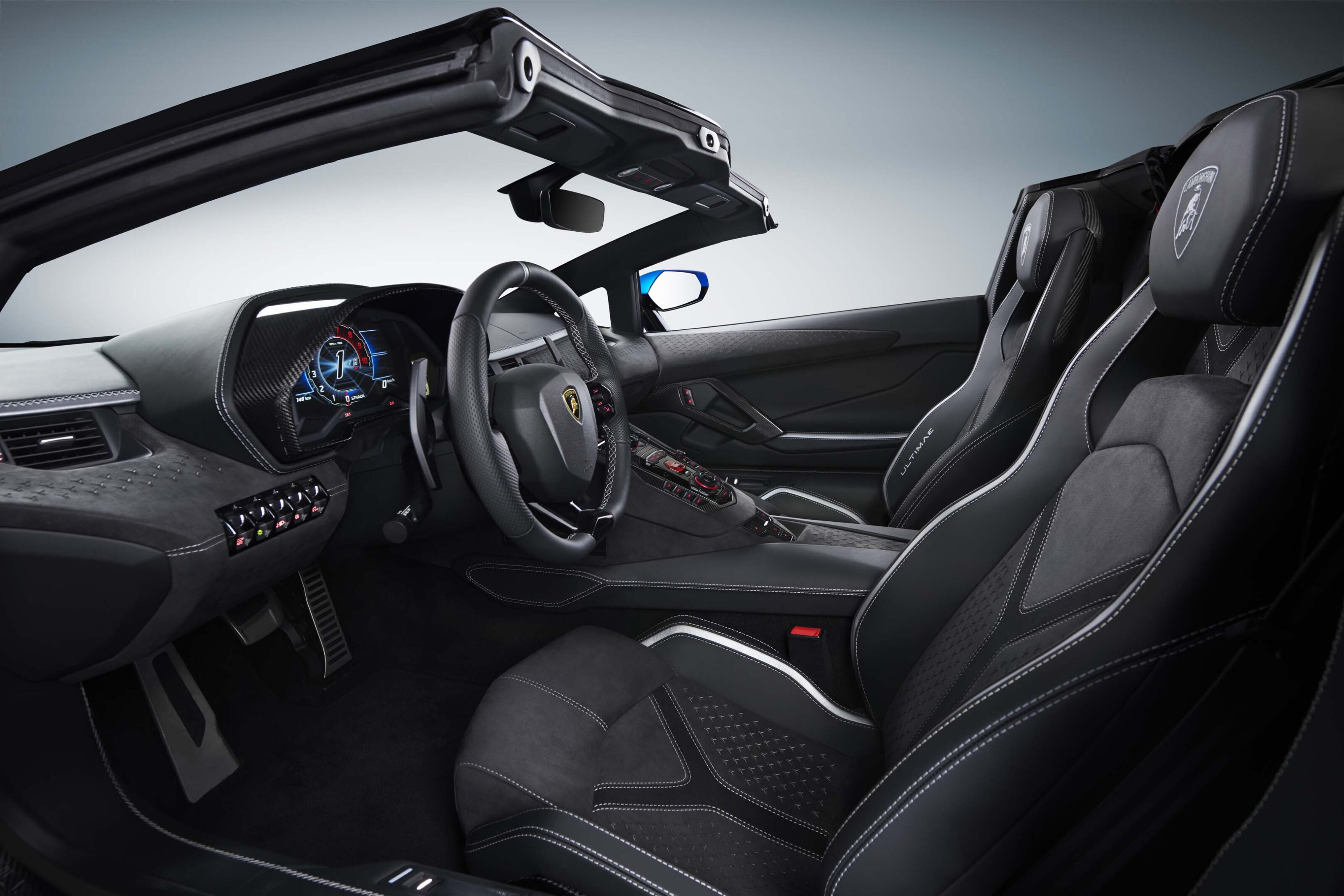
As for the heart of the bull, its then-new V12 effectively pulled the curtain down on the Bizzarrini-designed V12, the basis of which had been in use since the Miura and kept in a steady state of evolution right through to the Murcielago.
The new engine retained a 60-degree vee angle, but was cast from aluminium–silicon alloy, with an open-deck construction and steel cylinder liners.
The short-stroke design (95mm x 76.4mm) meant big revs, and its 515kW power peak spiked at a lofty 8250rpm. Peak torque of 690Nm was delivered high up in the rev range at 5500rpm.
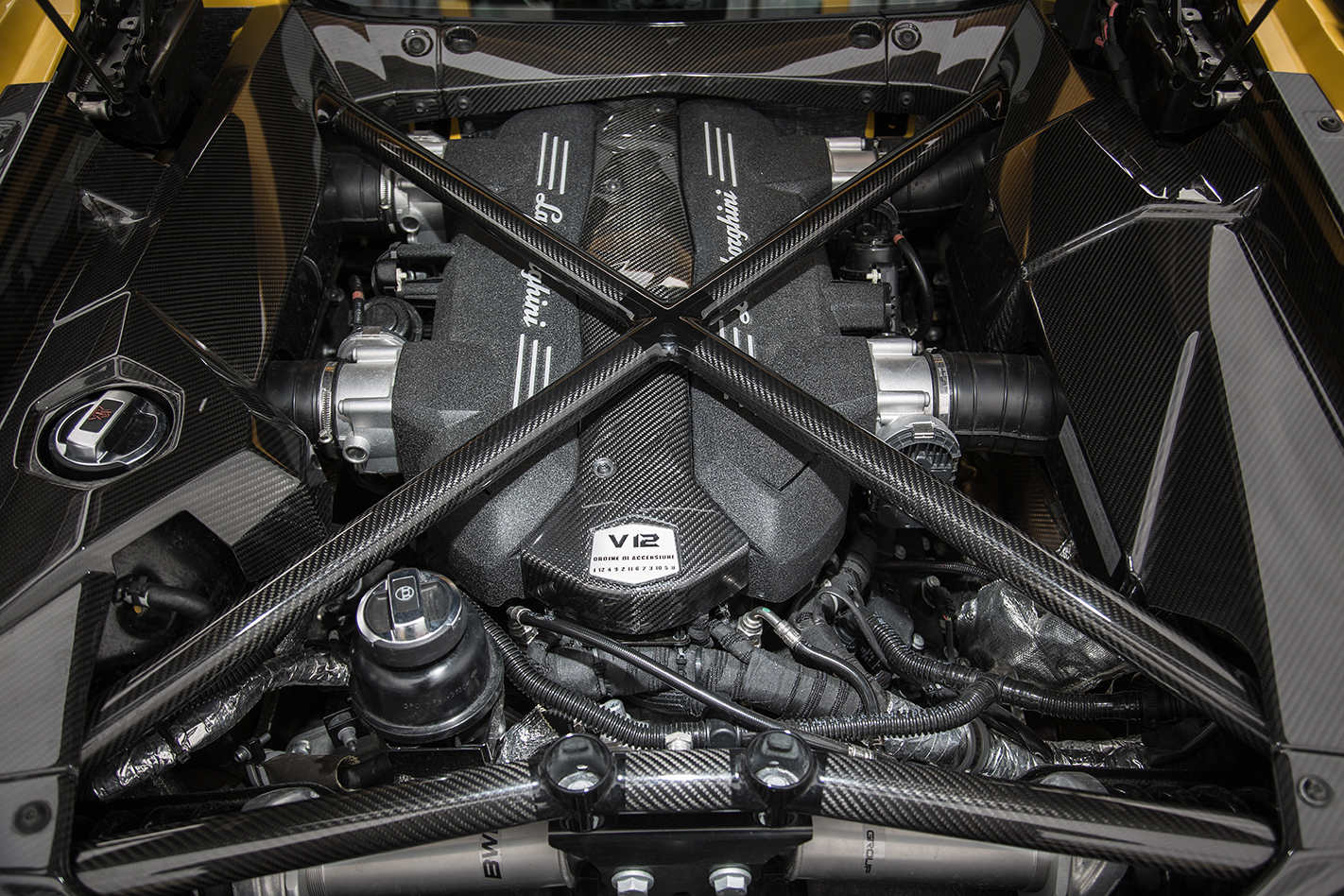
Behind the V12 was arguably the most divisive element of the Aventador – the Graziano-sourced seven-speed automated gearbox. On the track it delivered a mule-kick shift that was in keeping with the car’s supercar character, but on the road in normal driving it could be a slow-witted, lurching, recalcitrant frustration.
In 2011, then-Wheels editor Bill Thomas test drove the car at Vallelunga circuit near Rome. More than just the sheer speed and V12 theatre, Thomas was won over by the benign on-limit behaviour on track, thanks in part to the predictable breakaway and all-wheel-drive traction.
“A stupendous car; a mighty shot of adrenaline on four wheels; excessive, wonderful,” he wrote.
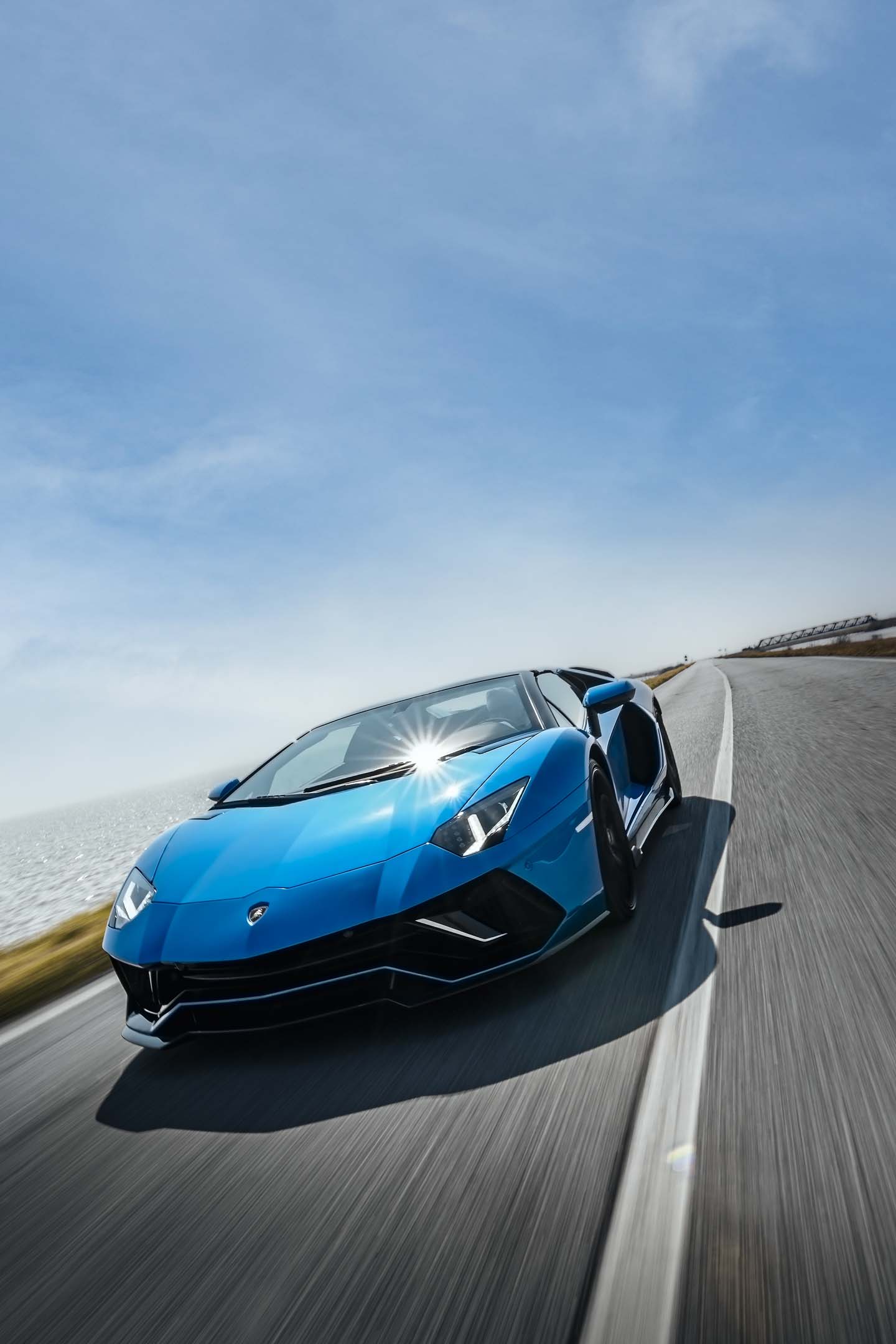
But the low-speed ride could be brutal, the nose was push-prone in low-speed corners, and in the grand supercar tradition, rear visibility was virtually non-existent.
The standard car evolved into the 544kW Aventador S in 2016, bringing four-wheel steering and adaptive dampers, among other upgrades.
But as for peak Aventador?
That didn’t arrive until 2018’s SVJ, which deployed 556kW/720Nm and active aerodynamics to set a ’Ring record of 6:44.97, dethroning Porsche’s 911 GT2, and gifting this legendary Lambo immortality.
Aventador’s offspring
Along with more special editions than there are Kardashians, the Aventador also spawned seven ultra-limited-edition ‘new’ models.
The most technically advanced, from a powertrain point of view, was the US$3.6m Sian, which debuted a 48v hybrid system comprising a 25kW motor in the gearbox, fed by supercapacitors, rather than a battery, and boosting total output to 602kW.
| AVENTADOR SALES – AUSTRALIA | |
|---|---|
| 2011 u2013 2 | 2017 u2013 1 |
| 2012 u2013 3 | 2018 u2013 3 |
| 2013 u2013 3 | 2019 u2013 4 |
| 2014 u2013 2 | 2020 u2013 4 |
| 2015 u2013 5 | 2021 u2013 3 |
| 2016 u2013 4 | 2022* u2013 1 |
| Total u2013 35 | *to end of April |
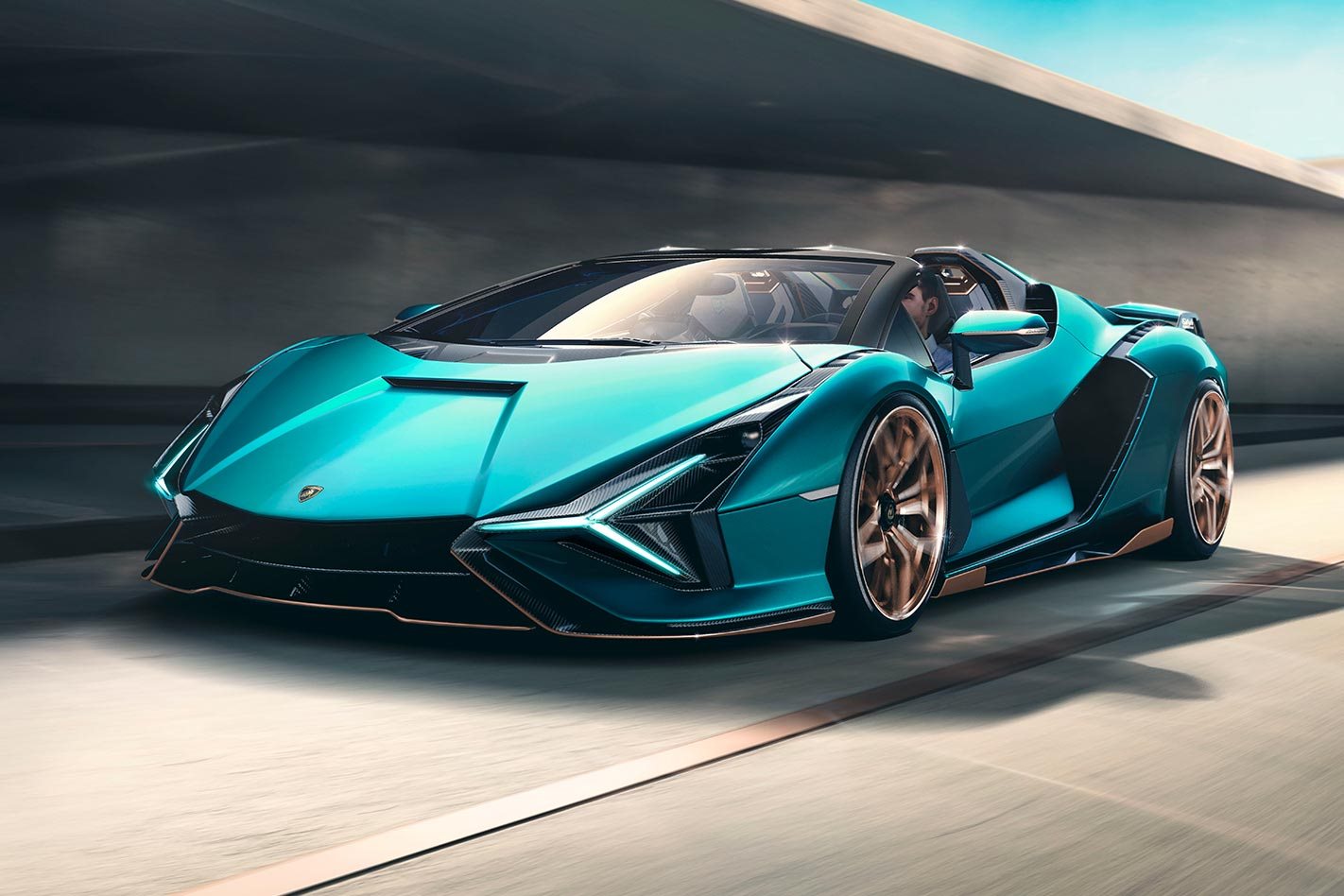
We recommend
-
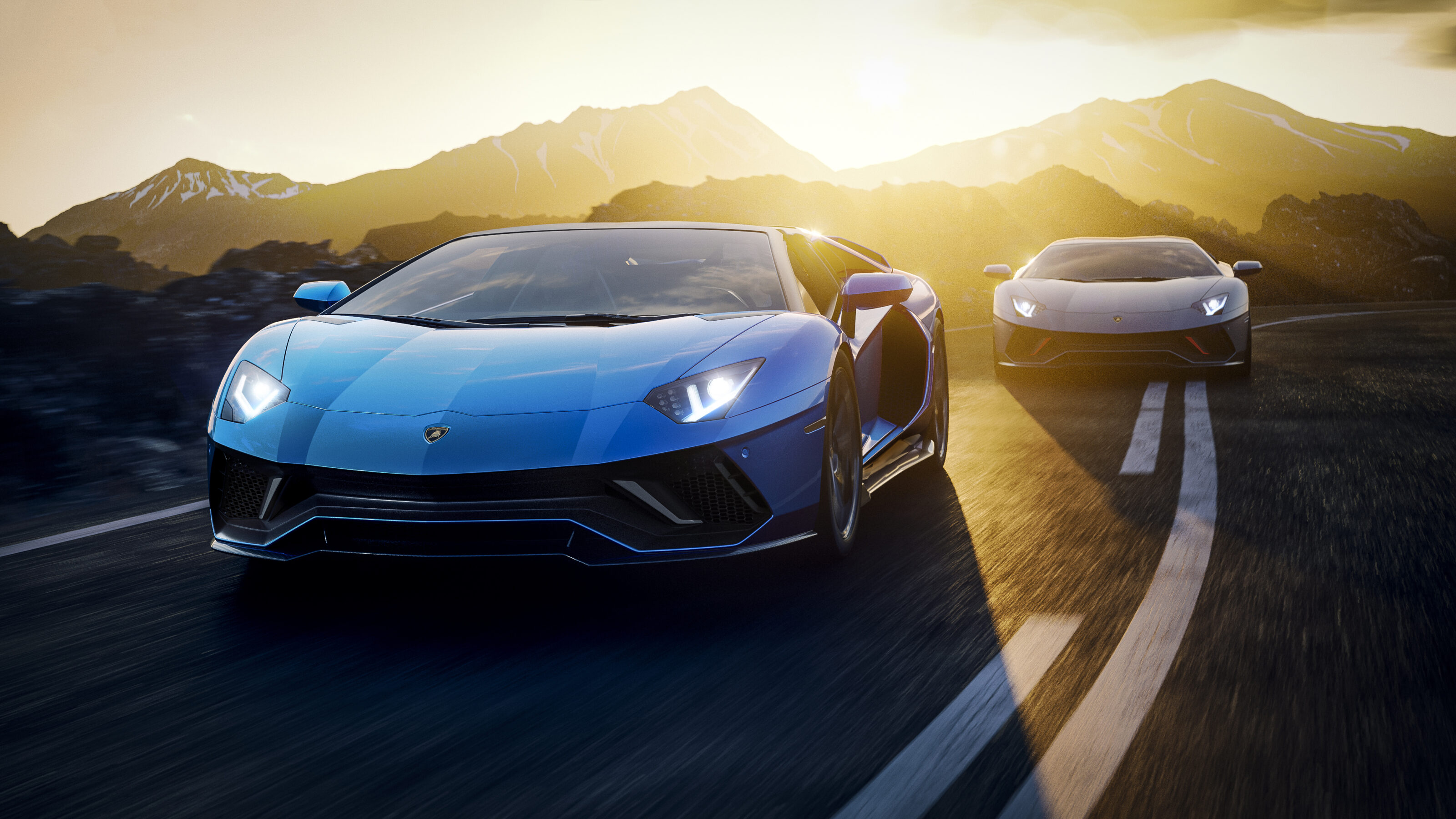 News
NewsLamborghini Aventador LP 780-4 Ultimae unveiled
Last of the Bull’s breed
-
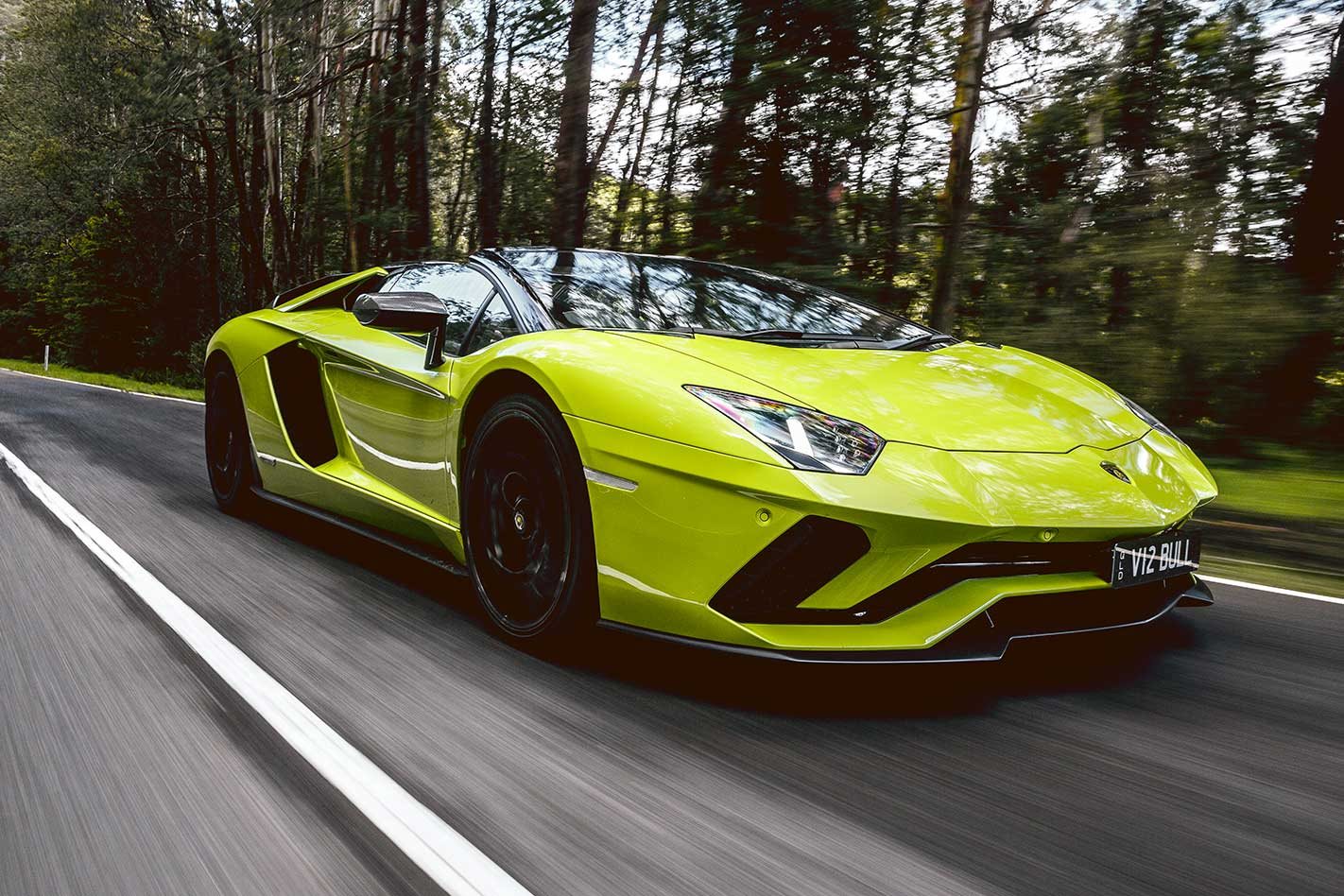 Reviews
Reviews2019 Lamborghini Aventador S Roadster performance review
Engine, looks – and now it can go around corners
-
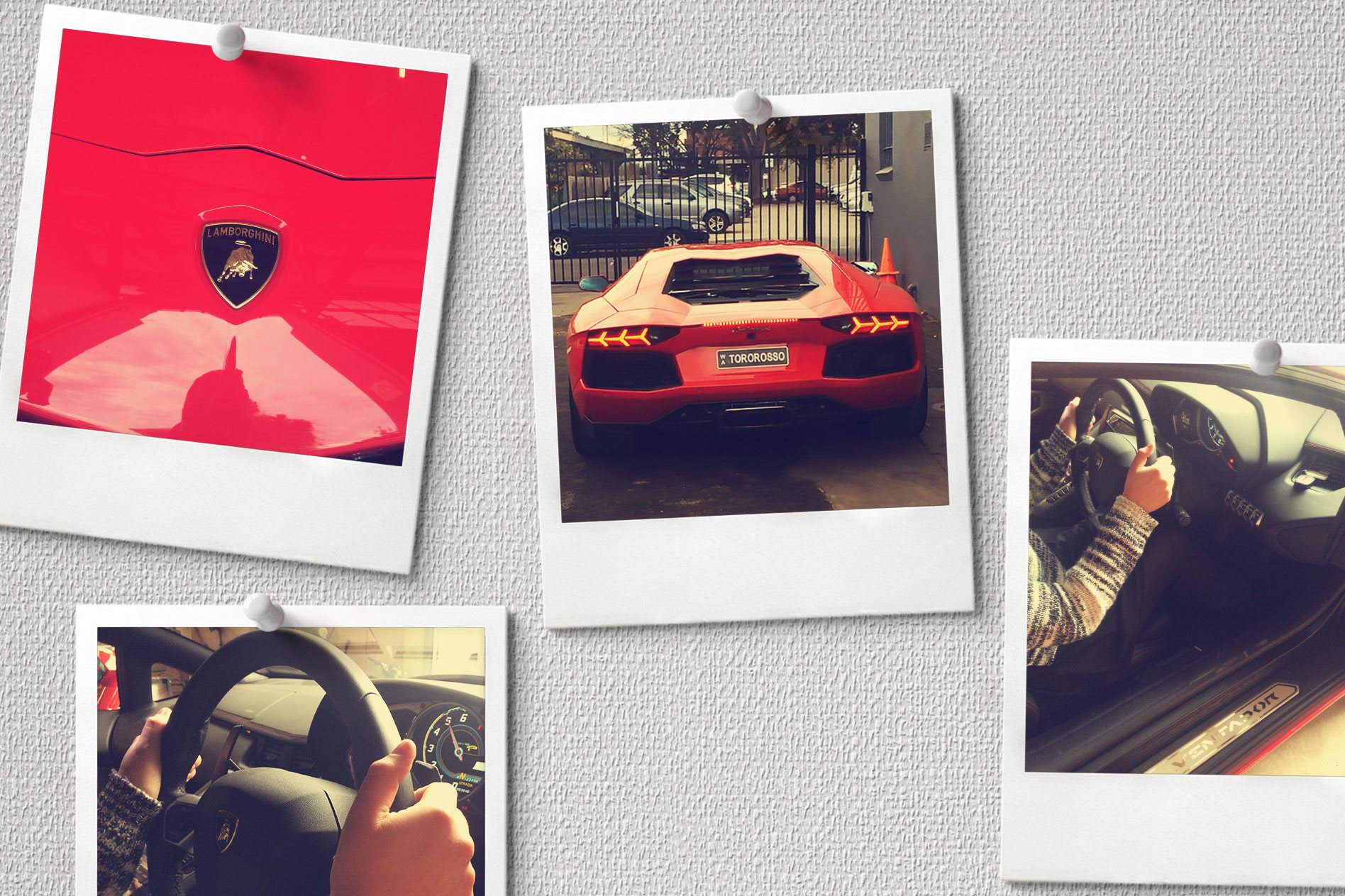 Opinion
OpinionOPINION: Lamborghini Aventador
A love of cars isn’t an easy thing to understand for some people. We all have our moments – until we got hold of the keys to a Lamborghini Aventador LP 700-4.




